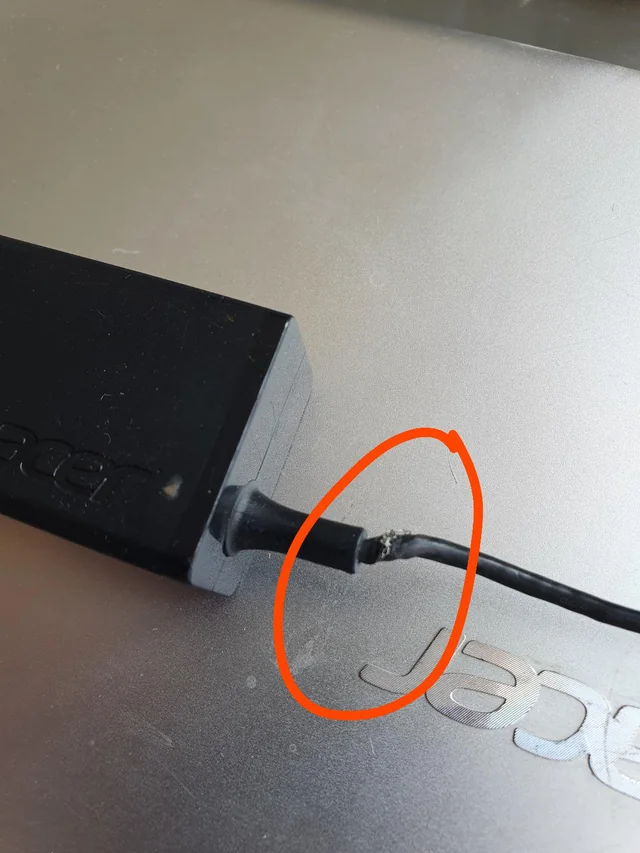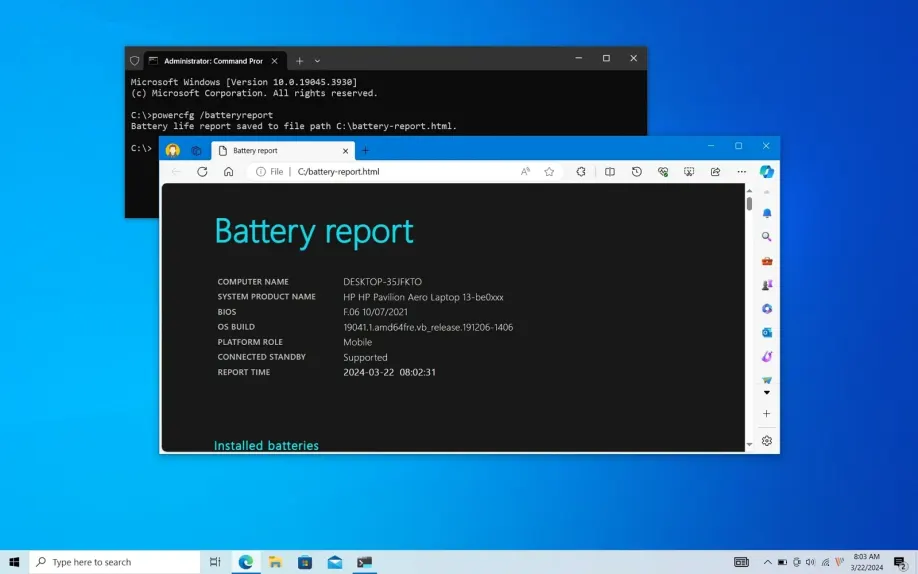Laptop Connected to Power but Not Charging? Here’s How to Resolve It

It can be frustrating when your laptop is plugged in but not charging. This issue can arise from various reasons, such as a faulty charger, battery problems, or software issues. Here’s a step-by-step guide to help you diagnose and fix the problem.
1. CHECK THE BASICS
Before diving into technical fixes, ensure the following basic checks:
- Verify that your power outlet is working by plugging in another device.
- Ensure the charger is properly connected to both the laptop and the power source.
- Inspect the power cable and adapter for any physical damage.
- If using a removable battery, check if it’s seated correctly in the battery compartment.

2. TRY A DIFFERENT POWER OUTLET
Sometimes, the issue might be with the power source itself. Plug the laptop into a different wall outlet or use a different power strip.
3. INSPECT THE CHARGER AND CABLE
A damaged or faulty power adapter can prevent charging.
- Look for frayed cables, bent connectors, or burn marks.
- If possible, try using a different charger that matches your laptop’s power requirements.
- Avoid using third-party chargers that may not provide the correct voltage and amperage.

4. REMOVE AND REINSERT THE BATTERY
If your laptop has a removable battery, follow these steps:
- Turn off the laptop and unplug it.
- Remove the battery.
- Hold the power button for 30 seconds to discharge residual power.
- Reinsert the battery and plug in the charger.
- Power on the laptop and check if it charges.
5. CHECK BATTERY HEALTH
If your battery is old or damaged, it may no longer hold a charge.
- Open Command Prompt as Administrator.
- Type the following command and press Enter:
powercfg /batteryreport - Locate the battery report file and check the Battery Capacity History.
- If the full charge capacity is significantly lower than the design capacity, consider replacing the battery.

6. UPDATE BATTERY DRIVERS
Outdated or corrupt drivers may cause charging issues.
- Press Win + X and select Device Manager.
- Expand Batteries.
- Right-click Microsoft AC Adapter and Microsoft ACPI-Compliant Control Method Battery.
- Select Update driver and follow the on-screen instructions.
- Restart your laptop and check if the issue is resolved.

7. UNINSTALL AND REINSTALL BATTERY DRIVERS
If updating didn’t help, try uninstalling the battery drivers:
- Open Device Manager.
- Expand Batteries and right-click on Microsoft ACPI-Compliant Control Method Battery.
- Select Uninstall device.
- Restart your laptop, and Windows will reinstall the drivers automatically.

8. RUN THE POWER TROUBLESHOOTER
Windows has a built-in troubleshooter to fix power-related issues.
- Open Settings > Update & Security > Troubleshoot.
- Click Additional troubleshooters.
- Select Power and run the troubleshooter.
- Follow the prompts and apply any suggested fixes.

9. RESET POWER MANAGEMENT SETTINGS
Corrupt power settings can interfere with charging.
- Open Control Panel and go to Power Options.
- Select Change plan settings next to your current plan.
- Click Restore default settings for this plan.
- Restart your laptop and check if it charges.

10. UPDATE YOUR BIOS
An outdated BIOS can sometimes cause power-related issues.
- Check your laptop manufacturer’s website for a BIOS update.
- Follow the provided instructions carefully.
- Updating the BIOS incorrectly can cause serious issues, so proceed with caution.
11. CHECK FOR WINDOWS UPDATES
Updating Windows can resolve compatibility issues.
- Go to Settings > Update & Security > Windows Update.
- Click Check for updates and install any available updates.

12. TRY CHARGING IN SAFE MODE
Booting into Safe Mode can help determine if a third-party program is causing the issue.
- Press Win + R, type
msconfig, and hit Enter. - Go to the Boot tab and check Safe boot.
- Restart your laptop and check if it charges.
- If charging works in Safe Mode, a software conflict might be causing the issue.

13. CHECK FOR HARDWARE DAMAGE
If none of the above solutions work, you may have a hardware issue:
- Try a different power adapter.
- If your laptop has a USB-C charging port, test charging through it (if supported).
- Take your laptop to a professional repair service for further diagnosis.
FINAL THOUGHTS
The “Laptop Plugged In, but Not Charging” issue can be caused by anything from a faulty charger to software glitches. By following these troubleshooting steps, you can identify the root cause and restore your laptop’s charging functionality. If the problem persists, consider replacing the battery or consulting a professional technician.
